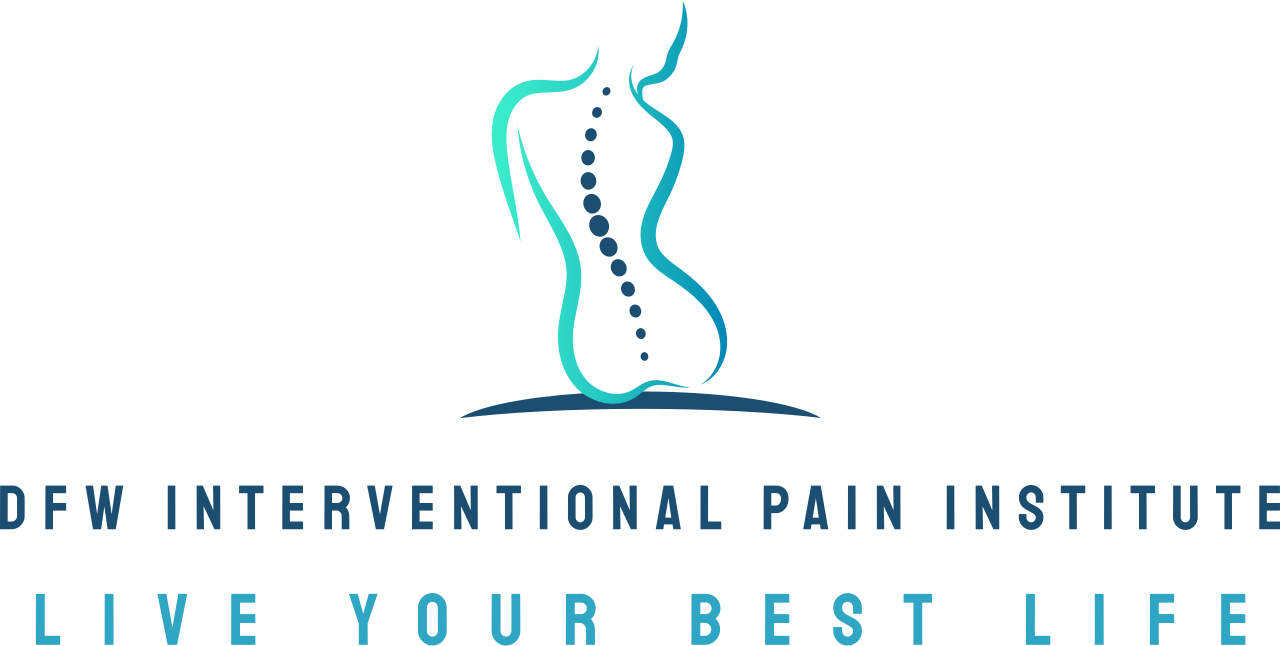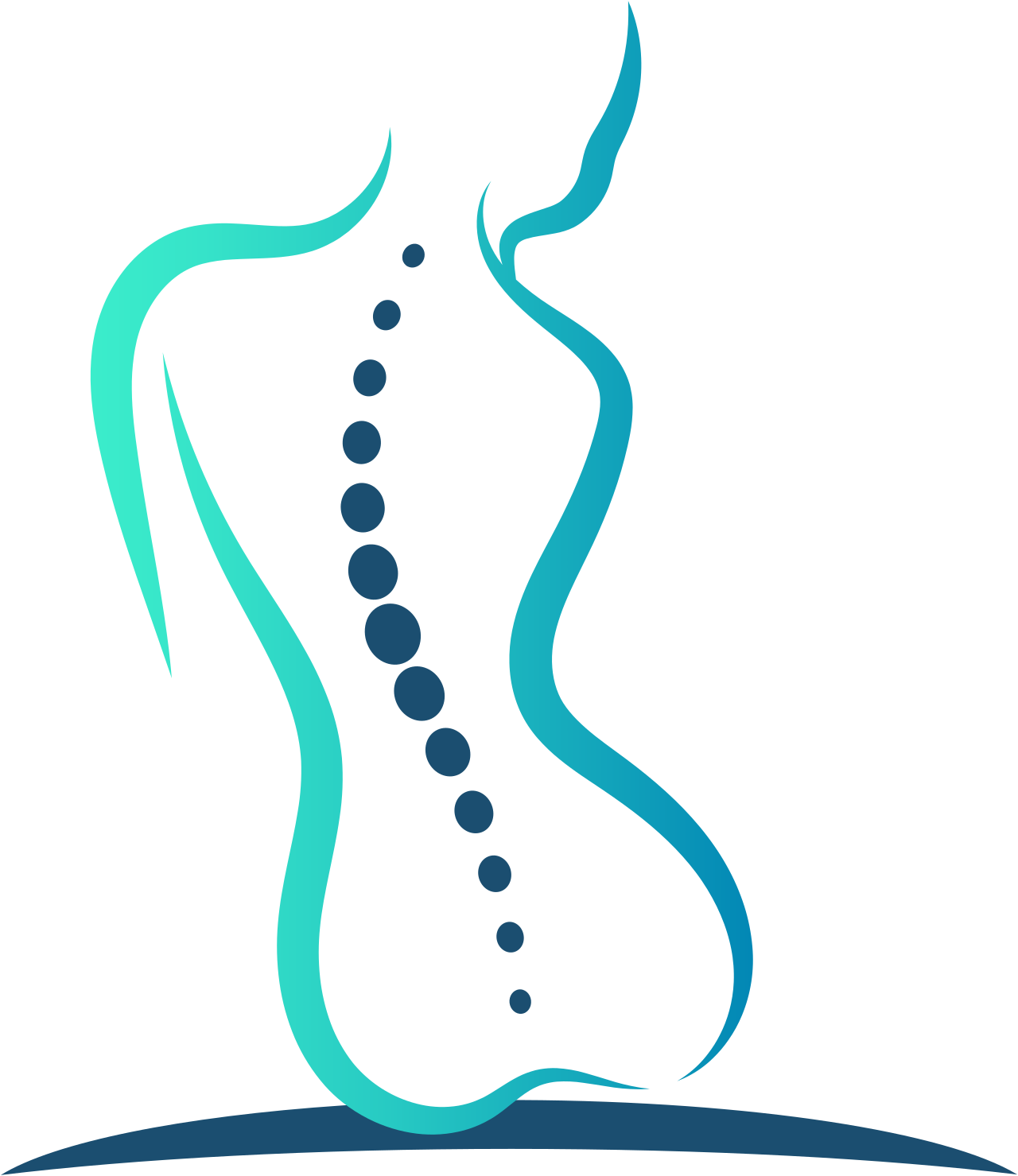3 big changes you can make to help relieve pain from poor posture
Returning from spring break here in North Texas a few weeks ago had us reminded of why many of us experience a common pain from sitting for long hours. Poor posture—a common issue among office workers and desk-bound professionals—can lead to discomfort, pain and even long-term health problems. It’s not just about slouching or leaning forward; poor posture affects your spine, muscles and joints, creating a ripple effect of tension and strain throughout your body.
The good news? Small, intentional changes can make a world of difference. This blog post features three impactful modifications you can adopt today to help relieve pain caused by poor posture.
1. Set up an ergonomic workspace
Your workspace plays a significant role in how your posture develops throughout the day. An uncomfortable or poorly designed setup can lead to awkward positions, prolonged strain and chronic pain when sitting. Ergonomics focuses on creating a space tailored to your physical needs, promoting comfort and proper posture.
How to create a posture-friendly workstation:
Optimize your chair: Choose a chair that provides adequate lumbar (lower back) support. Adjust the height so your feet rest flat on the floor, and your knees are at a 90-degree angle.
Adjust your monitor: Your computer screen should be at eye level to prevent you from hunching forward or tilting your head downward. Use a monitor riser or stack books to achieve the right height.
Position your keyboard and mouse: Your elbows should form a 90-degree angle while typing, with your wrists straight and your hands in line with your forearms. Consider using an ergonomic keyboard and wrist pads.
Invest in a standing desk: Alternating between sitting and standing can help alleviate pressure on your back and joints.
An ergonomic workspace isn’t just a luxury—it’s a necessity for maintaining proper posture and avoiding chronic pain.
2. Build movement and stretching breaks into your day
Sitting in one position for long hours can wreak havoc on your body, even if your workspace is ergonomically optimized. Many of our patients come to see us about the dreaded "sit bone pain", which can be caused by prolonged periods of sitting, which strains the hamstring muscles. To counteract this, frequent movement and targeted stretches are essential. Movement breaks help reduce muscle stiffness, improve circulation and prevent your posture from “locking” into poor habits.
Simple stretches and movements to improve posture:
Neck stretches: Tilt your head gently from side to side or forward and backward to release built-up tension in your neck and shoulders.
Cat-cow stretch: On all fours, alternate between arching your back (cat pose) and sinking your belly down while lifting your head (cow pose). This stretch promotes spinal flexibility.
Shoulder rolls: Roll your shoulders forward and backward to reduce stiffness and tension from hunching.
Hamstring stretches: Standing or seated, gently stretch your hamstrings to alleviate tightness from sitting for extended periods.
To keep it simple, aim to get up and move every 30 minutes. Even a quick walk to get water or stretch your legs contributes to better overall posture. Setting alarms or timers can help you remember to incorporate these breaks into your work routine.
3. Strengthen your core and back muscles
Your core and back muscles are the pillars of good posture. Weakness in these areas makes it difficult to maintain proper alignment, leading to compensatory strain on other parts of your body. By building strength in these muscle groups, you create a solid foundation that supports better posture.
Exercises to improve strength and posture:
Planks: Planks engage your core and back muscles, helping you build endurance for maintaining good posture. Start with 20-30 seconds and gradually increase over time.
Bird dog: While on all fours, extend your right arm and left leg simultaneously, then switch sides. This exercise targets your core and lower back, improving balance and stability.
Glute bridges: Lie on your back with your knees bent and lift your hips, engaging your glutes and lower back. This move combats the negative impact of prolonged sitting.
Back extensions: Lie face down with your hands under your forehead. Lift your chest slightly off the floor, engaging your lower back muscles.
Consistency is key. Incorporate these exercises into your routine 2-3 times a week for noticeable improvement. Not only will they enhance posture, but they’ll also help alleviate existing pain and prevent future discomfort.
When pain persists, DFW Interventional Pain Institute can help
While ergonomic changes, movement breaks and strengthening exercises can significantly improve posture and alleviate pain, some cases may require professional intervention. If you’ve been experiencing persistent or severe pain for more than two weeks, it’s time to consult a pain management specialist like Dr. Edrick Lopez here at DFW Interventional Pain Institute.
At DFW Interventional Pain Institute, Dr. Lopez and our team specialize in diagnosing and treating postural-related pain. With a patient-centered approach, we provide customized treatment plans that address your unique needs and lifestyle. We offer solutions ranging from physical therapy to advanced pain management techniques, including minimally invasive procedures.
Living with pain isn’t your only option—take the first step toward relief by reaching out to us today.

